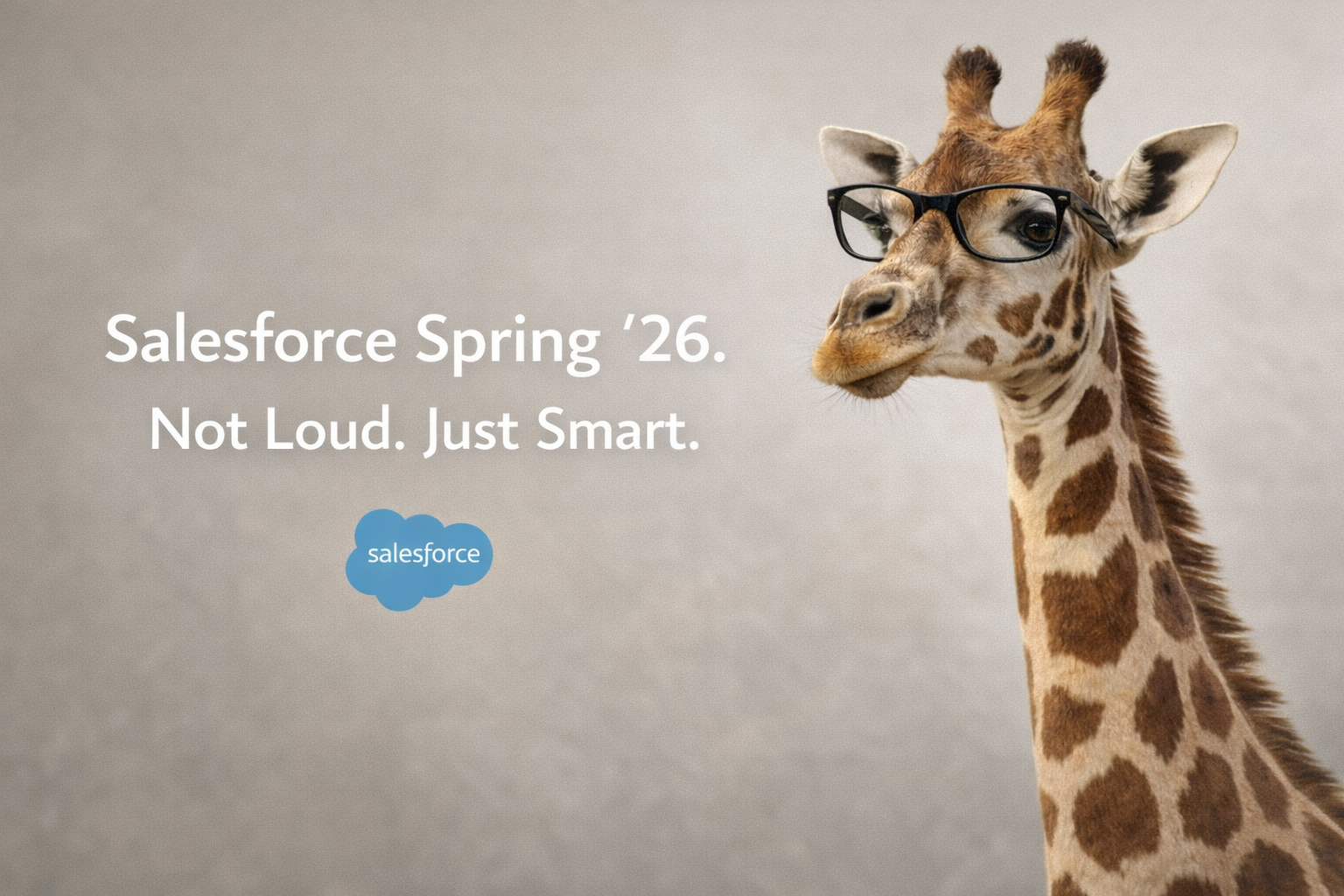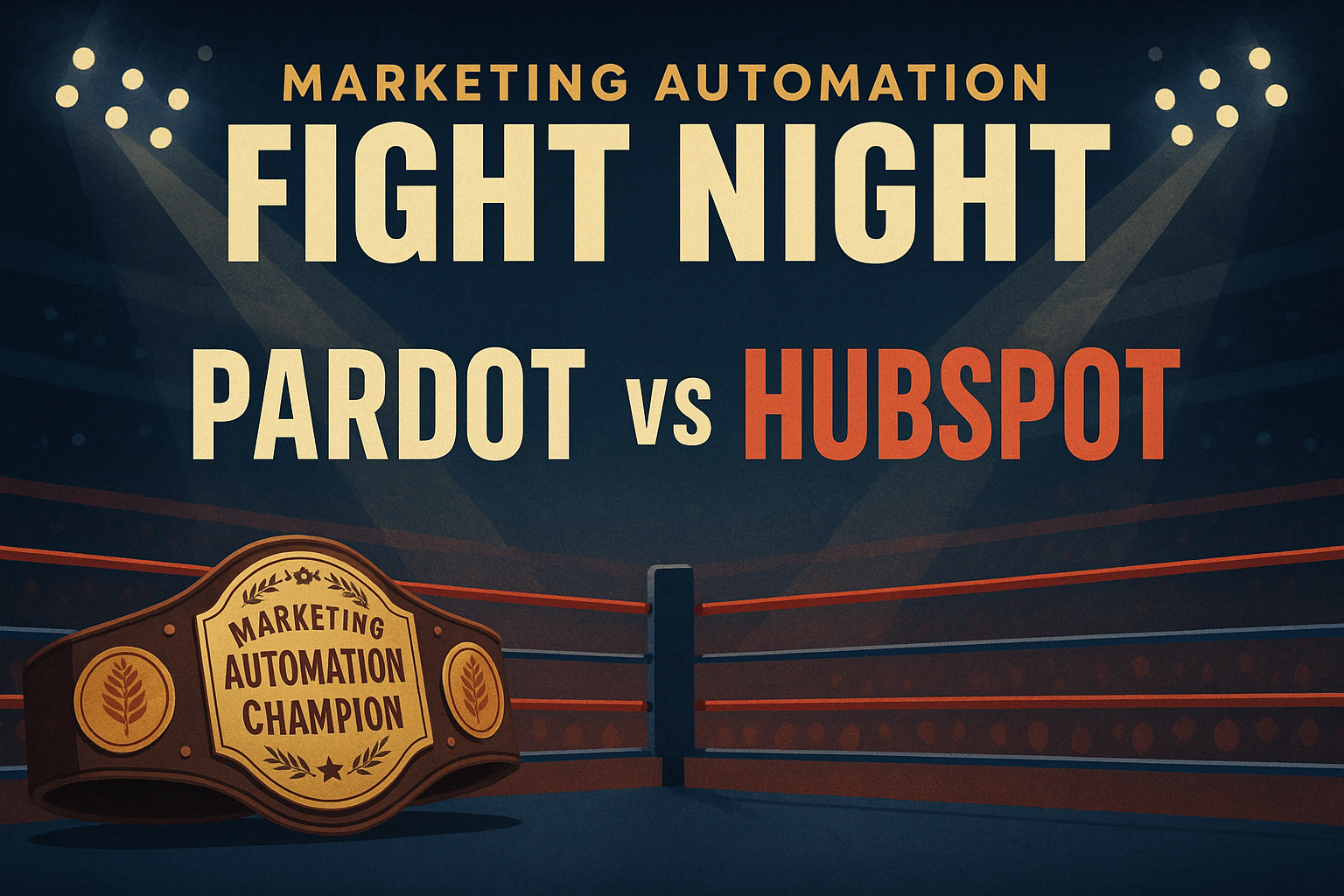Salesforce Deployment Best Practices: A Real-World Guide to Smooth, Confident Rollouts
Deploying in Salesforce can sometimes feel like juggling fire while balancing on a tightrope. One wrong move, and suddenly your users are calling, dashboards are misbehaving, and someone’s panicking in Slack.
But here’s the truth: Salesforce deployment doesn’t have to be stressful. With a clear strategy, solid planning, and the right tools, it can actually be—dare we say it—smooth. Maybe even fun.
In this Salesforce deployment guide, we’ll walk through the Salesforce deployment best practices that separate chaotic rollouts from confident, controlled ones. Whether you’re fine-tuning an automation or rolling out an entire feature, these are the practical lessons that make your next deployment a win for both your users and your peace of mind.
Table of Contents
In a rush? Take this downloadable guide with you instead.
Why a Strong Salesforce Deployment Process Matters More Than You Think
Let’s be real, deployment doesn’t get the glory. It’s not the sparkly demo moment or the “aha!” design brainstorm. It’s the part where you cross your fingers and hope the changes you worked so hard on actually work in production.
But if you’ve ever had a deployment go sideways, you already know this part of the process can make or break your Salesforce org. A solid Salesforce deployment process isn’t just technical, it’s cultural. It’s about structure, testing, timing, and above all, communication.
And when you get it right? Everyone wins: users stay happy, data stays clean, and your Salesforce org hums along like a well-tuned engine.
7 Salesforce Deployment Best Practices for Long-Term Success
Whether you’re rolling out new automations, refining workflows, or launching major feature updates, the right approach keeps your org stable, your users happy, and your weekends free from emergency fixes.
Let’s dive into our top 7 Salesforce deployment best practices to help you launch confidently, minimize risk, and keep your org running at peak performance.
SECTION 1 Salesforce Environment Setup Best Practices: Build on the Right Foundation
Think of your Salesforce environments like practice arenas. You wouldn’t throw a rookie straight into the championship game without a few scrimmages first, and your production org deserves the same respect.
Sandbox Like You Mean It
A Salesforce sandbox is your safe space—the digital equivalent of a test kitchen. It’s where you can experiment, refine, and break things without breaking your business.
Ideally, you’re working in a Full Sandbox, which mirrors your production environment. If that’s not an option, a Partial Copy or Developer Pro Sandbox is a great middle ground—offering extra storage and refresh flexibility. Even a Developer Sandbox is better than flying blind.
We’ve talked before about how syncing environments and automating routine testing can save hours of rework and late-night fixes—especially when your DevOps pipeline scales.

SECTION 2 Salesforce DevOps Best Practices: Choosing the Right Tools for the Job

Salesforce gives you a few ways to move changes between environments—Change Sets are fine for more minor tweaks, but when you’re juggling multiple features, automations, and Apex updates, it’s time to graduate.
That’s where the power players come in: Gearset, Copado, and Jenkins. These tools were built for Salesforce DevOps best practices, giving you version control, automation, and the holy grail—rollback capability.
And don’t overlook Salesforce’s own DevOps Center, the native Salesforce solution for modern CI/CD and change management. It’s perfect for teams who’ve outgrown Change Sets but aren’t ready to commit to a full external DevOps stack.
Salesforce doesn’t come with a built-in “undo” button. Having a metadata backup before you deploy is your insurance policy. When something breaks (and something will break), you’ll thank yourself later.
Suppose you’re curious how DevOps tools are reshaping Salesforce release cycles. In that case, we’ve explored how modern teams use automation and CI/CD pipelines to deliver faster, safer releases—and why it’s transforming the entire deployment culture.
SECTION 3 Plan Your Salesforce Deployment Like a Pro: Timing, Scheduling, and Dependencies

Successful Salesforce deployments are rarely last-minute miracles—they’re planned, documented, and well-timed.
Timing Is Everything
The best deployment window? When your users aren’t online. Early mornings, late evenings, or weekends are your friends. It’s quieter, calmer, and gives you room to fix issues before the workday chaos begins.
Pro tip: Always check Salesforce’s maintenance calendar on trust.salesforce.com before finalizing your release window. No one wants to discover a system update is happening mid-deployment.
And if you’re using Change Sets, double-check those dependencies. There’s nothing worse than realizing post-deployment that you forgot a related field, permission set, or flow.
Still, Change Sets have their limits. At DSG, we often recommend clients move toward a true DevOps toolchain early in their Salesforce journey. Yes, there’s an upfront investment, but the long-term stability, auditability, and efficiency are worth every penny. That’s the same mindset we use when scoping new Salesforce projects—where strategy and scalability go hand in
SECTION 4 Backup and Rollback Strategies in Salesforce Deployment

Here’s one of the golden rules in any Salesforce Deployment Guide: hope for the best, plan for the worst.
Even the best deployment can hit a snag, which is why a solid rollback plan is non-negotiable. Salesforce’s Setup Audit Trail helps you track who changed what, but for more robust recovery, third-party tools like Copado or Gearset offer comprehensive audit trails and version tracking.
And now, Salesforce has joined the backup party. The new Salesforce Backup and Restore solution provides native, automated protection for your data (not metadata)—a great complement to your DevOps metadata backups.
A good backup strategy doesn’t just protect your work, it protects your reputation. Regular health checks help, too. Think of them as preventive maintenance for your org: tuning up performance, catching small issues before they turn into costly post-deployment surprises.
SECTION 5 Manage Your Salesforce Deployment as a Team Effort

Behind every smooth deployment is a group of humans who actually talk to each other.
Communicate Early and Often
Deployments fail in silence. Keeping your stakeholders in the loop—what’s changing, when, and why—builds trust and prevents unnecessary panic. It’s the same principle we apply when aligning business and tech teams during project kickoff—clear communication from the start makes all the difference.
A quick Slack update or short internal email can save hours of confusion later.
And while you’re at it, give your sandbox one last test drive. It’s not just good practice; it’s Salesforce continuous integration best practice at its finest.
We apply this same principle long before deployment day—by aligning technical teams and business leaders during the initial project scoping phase, so every change supports the bigger picture.
SECTION 6 Testing in Salesforce Deployment: Validate, Automate, and Involve Users

Testing isn’t glamorous, but it’s what separates a successful deployment from a “what just happened?” moment.
Unit tests catch the small stuff. System tests confirm everything works together. Performance testing ensures your Salesforce org doesn’t buckle under real-world loads.
Salesforce requires at least 75% Apex test coverage before deploying to production, but that’s just the minimum. Smart teams aim higher.
Want a low-risk sanity check? Use Salesforce’s Validate Only option when deploying. It simulates the deployment, runs all your tests, and tells you precisely what would fail—without committing anything to production.
And when it’s time for User Acceptance Testing (UAT), invite your actual users in. They’ll notice things you won’t, and their buy-in will make adoption far easier once the changes go live.
SECTION 7 Post-Deployment Best Practices: Keep Your Salesforce Org Running Smoothly

Deployment day isn’t the finish line; it’s the starting gun for adoption.
Once your new features are live:
- Announce what’s new and why it matters.
- Offer quick “office hours” or micro-trainings.
- Update documentation (seriously, future-you will thank you).
After go-live, take a few minutes to check your org health: picklist values, automation triggers, permissions, and integrations. Even better—review your debug logs and Setup Audit Trail for any post-deployment errors or skipped flows.
And yes, please continue to monitor email deliverability and system performance over the next week or so. Communication and observability are the unsung heroes of any healthy Salesforce org.
We’ve also talked about how ongoing org maintenance—and even preparing for AI-driven Salesforce features—keeps your system performing at its best long after go-live.
Salesforce Deployment Best Practices in Action: From Chaos to Confidence
If you take one thing away from this guide, let it be this: deployment confidence is built, not lucked into.
When you invest in planning, testing, communication, and the right DevOps tools, deployments stop being scary, they become strategic and effective.
So the next time someone in your org whispers “deployment day,” take a deep breath. You’ve got this.
Because you’re not just deploying changes, you’re deploying progress.
Key Takeaways: Your Salesforce Deployment Best Practices Cheat Sheet
Smooth Salesforce deployments don’t happen by luck—they happen by design. Plan well, test often, and automate wherever possible, and you’ll deploy like a pro every time.

Start Smart in Sandboxes
Always build and test in sandboxes that mirror production—preferably, use Full or Developer Pro if possible. Out-of-sync environments cause more headaches than late-night deployments.

Use the Right Tools
Level up from Change Sets to DevOps tools like DevOps Center, Gearset, Copado, or Jenkins for better version control, automation, and rollback options.

Plan Before You Push
Schedule releases during low-traffic hours, double-check dependencies, and always peek at Salesforce’s maintenance calendar before deploying.
Back Up Your Data
Protect both your metadata (via DevOps tools) and your data (with Salesforce Backup & Restore)—because rollback panic isn’t a deployment strategy.

Test & Validate Like a Pro
Aim for more than 75% test coverage, use the Validate Only option before going live, and bring real users into UAT for the ultimate confidence check.
Follow Through & Communicate
Keep stakeholders informed, document your changes, and celebrate the small wins along the way. After deployment, review your Audit Trail, debug logs, and key automations—and keep an eye on performance for the next few days.
Ready to Simplify Your Salesforce Deployment Process? We're Here to Help.
At Dynamic Specialties Group (DSG), we live and breathe Salesforce deployment best practices. Whether you’re rolling out your first automation or scaling a full enterprise pipeline, our experts can help you design a deployment process that’s secure, efficient, and stress-free.
Whether your org needs a quick health check, a configuration-first strategy, or a roadmap for smarter DevOps adoption, we’ve shared insights that help teams at every stage of their Salesforce journey.
Eyebrow goes here Headline Goes Here Lorem
Subheadline text goes here lorem ipsum dolor.






SHARE